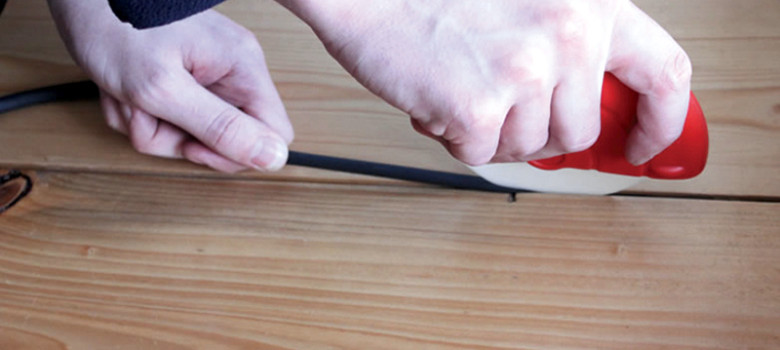
Where to look for draughts
- Gaps around pipe entrances
- Gaps around vent installations
Pipes and vents are areas that you may over look when considering draught proofing your home. Draught proofing these areas is easily done, affordable and effective.
How do I draught proof pipes and vents?
Gaps may be found in the area where pipes pass through walls and floorboards; draught proofing these areas is a simple but effective way of stemming the heat loss flow. Foam-based fillers are simple and great for draught proofing irregular gaps like the ones caused by pipes.
However, as with all other draught proofing measures, if you do not feel comfortable in your DIY skills, we advise getting a professional draught proofer to do it for you.
Similar to the areas around pipes, you may find sites that should be draught proofed around retrofitted vents. In these cases, foam fillers should be used, although rigid filler may also be used if a smooth finish is preferable.
Air bricks and bathroom vents
A word of caution: there are some areas that should never be blocked off or insulated. Air bricks are there for a reason – to prevent your floorboards and wooden supports from rotting. A constant flow of air is needed to prevent damp from entering the property and running havoc. When you get floor insulation done professionally, these air bricks are kept free to allow air into the area, so it is essential not to block this off.
The same goes for vents in the bathroom, as damp can easily build up in these humid rooms without adequate ventilation. So remember, draught proofing is great, but allow your home breathing space!
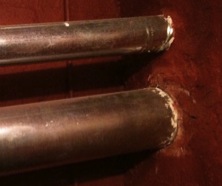
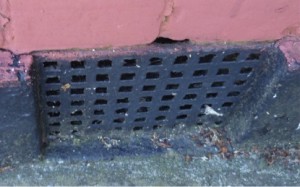



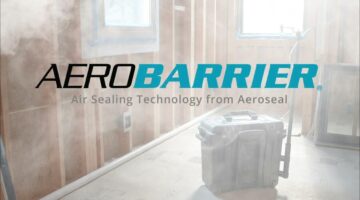
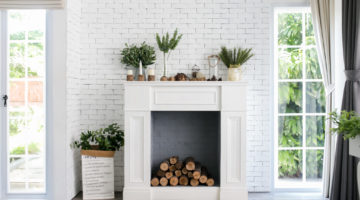







No Comments yet! Be the first one.